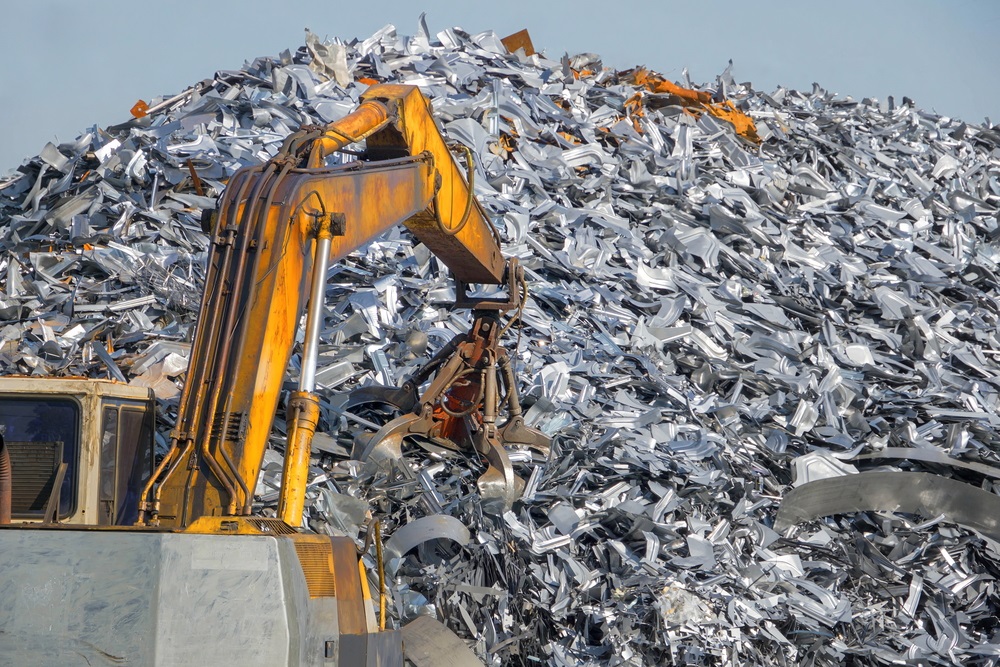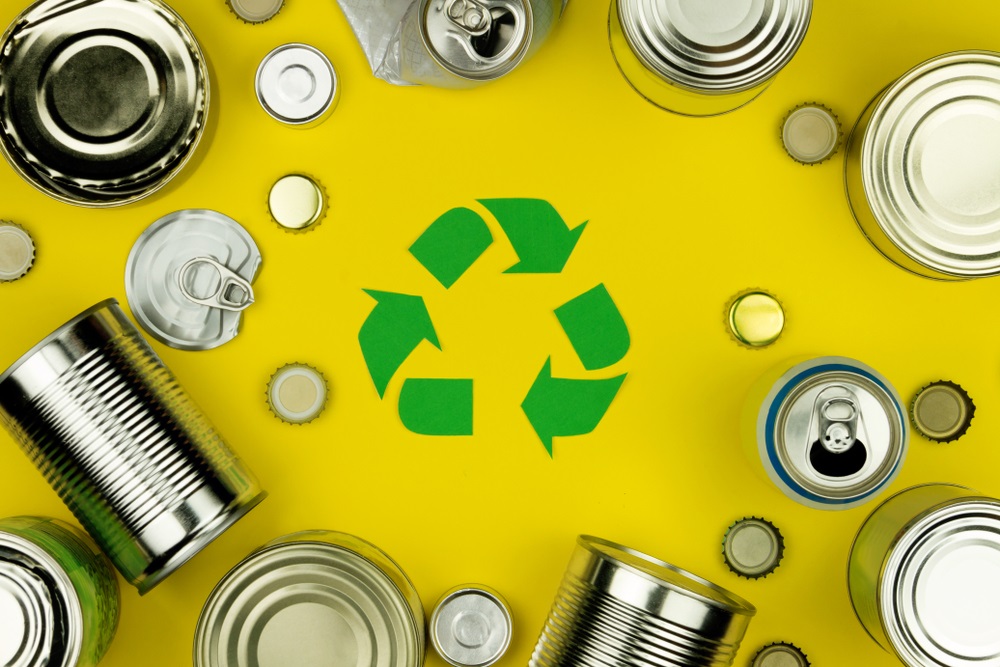
Sustainable Environment with Affordable Services | West Coast Metal
April 4, 2023Is Rusted Metal Recyclable? Complete Guide
May 15, 2023What Are the Benefits of Recycling Aluminium?

Aluminium is one of the most important engineering materials of the modern era due to its combination of lightweight, useful, and enduring properties. Usable aluminium is a lightweight, white metal. It ranks as the third most prevalent metal on the surface of the planet. It is a ductile, non-magnetic metal. The most utilized metal after steel is aluminium due to its flexibility.
What Makes Aluminium So Popular?
A unique blend of beneficial qualities is present in usable aluminium. It is one of the lightest metals in the world—almost three times as light as iron—but it is a highly strong, flexible, and corrosion-resistant metal because of the thin oxide film layer that is constantly present on its surface. It doesn’t magnetize and is superb electrical conductor, that can combine with almost any other metal to make alloys.
- Lightweight: 3x lighter than iron
- Durable: like steel
- Ductile: Easy use & processing
- Corrosion-resistant: with a thin coating of aluminium oxide
Aluminium Alloys
Copper, zinc, magnesium, silicon, manganese, and lithium are the most frequent alloying elements used with aluminium. Iron is always present in trace amounts, and minor additions of chromium, titanium, zirconium, lead, and nickel are also added.
There are currently more than 530 recognized active usable aluminium alloy compositions, and that number is rising. Additionally, they come in a variety of configurations, including sheet, plate, tube, and bar. Such a large number of aluminium alloys.
Utility
Aluminium is used in an expanding variety of applications because of diverse combinations of its beneficial qualities, including strength, lightweight, corrosion resistance, recyclability, and formability. This variety of goods include everything from tiny packaging foils to structural materials.
The shelves inside our refrigerators and contemporary interior designs are made of aluminium. Today, we can find aluminium in the homes we live in, the cars we drive, the trains and planes that transport us over long distances, the mobile phones and computers we use every day, and the shelves inside our fridges.
Benefit of Recycling Aluminium
Saves 95% of the Energy
Recycling aluminium cans results in 95% energy savings over producing the same quantity of metal from scratch. 40 barrels of oil, 14,000 kWh of energy, and 10 cubic yards of landfill space may all be saved by using recycled aluminium.
Minimize Carbon Footprint
Many industrial businesses are making efforts to launch programs that have a more positive influence on the environment and their local communities. Utilizing recycled aluminium alloys during manufacturing is a simple approach to do this.
Reducing Green House Gases (GHG)
More than 90 million tons of carbon dioxide are not discharged into the environment each year because of recycling aluminium. Making an aluminium from recycling aluminium uses 95% less energy than processing bauxite ore.
The material’s production and post-consumer waste management don’t result in greenhouse gas emissions. Recycling one aluminium can prevents carbon dioxide emissions equal to driving one mile and conserves energy sufficient to run a television for three hours.
Valuable Commodity & Infinite Recyclability
According to the International Aluminium Institute, 400 million tonnes of aluminium are now utilized worldwide for home, commercial, and infrastructural purposes. Approximately 75% of the new and used aluminium produced during the industry’s existence is still in use.
The majority of aluminium scrap is made up of used beverage containers. 99 percent of all beer cans and 97 per cent of all soft drink cans are made of this pervasive substance. The 3.4 million tons of unwanted aluminium items that are added to the municipal solid trash stream each year come from these containers.
Keep Up with Increased Demand for Aluminium
The supply of aluminium will decline as demand rises as the global population rises and the need for natural resources develop. The demand for refine additional aluminium on a worldwide scale keeps rising. To satisfy their demands, manufacturers presently use around 65 per cent primary aluminium and roughly 35 per cent recovered aluminium.
Cost Reduction
One of the major advantages of recycling aluminium is that it helps to keep the price of this commodity low, which is important given the high cost of extraction and refinement and growing demand. It costs 95% cheaper to produce more aluminium from recycled materials than it does to mine and process bauxite to refine additional aluminium.
Preservation of Earth’s Resources
Although it is an abundant element, there are only a finite number of usable aluminium resources on the planet, which make up around 8% of all resources. It cannot be manufactured synthetically, like gold. When all natural resources have been used up, the supply will be restricted to recyclable items.
One of the main advantages of recycling unwanted aluminium items is that it is far simpler to reuse than to extract them. This metal may be used repeatedly without losing any of its quality.
Reduce Mining Pollution
Two of the most significant advantages of recycling aluminium are reducing the number of operational mines and eliminating air and water pollution.
Hazardous waste is abundant in the mines, and polluted mine water seeps into nearby rivers and streams and groundwater supplies. Purifying the water after the harmful substances have gotten into the groundwater is costly and restricts how much can be used for drinking and irrigation.
What Can You Do?
People in general can reduce their influence on the environment through source reduction, reuse, and recycling.
This results in energy savings and hence lower greenhouse gas emissions. To safeguard the planet and its atmosphere, we should all contribute in our way.
For more information on Aluminium recycling Perth visit: https://www.westcoastmetals.com.au/
